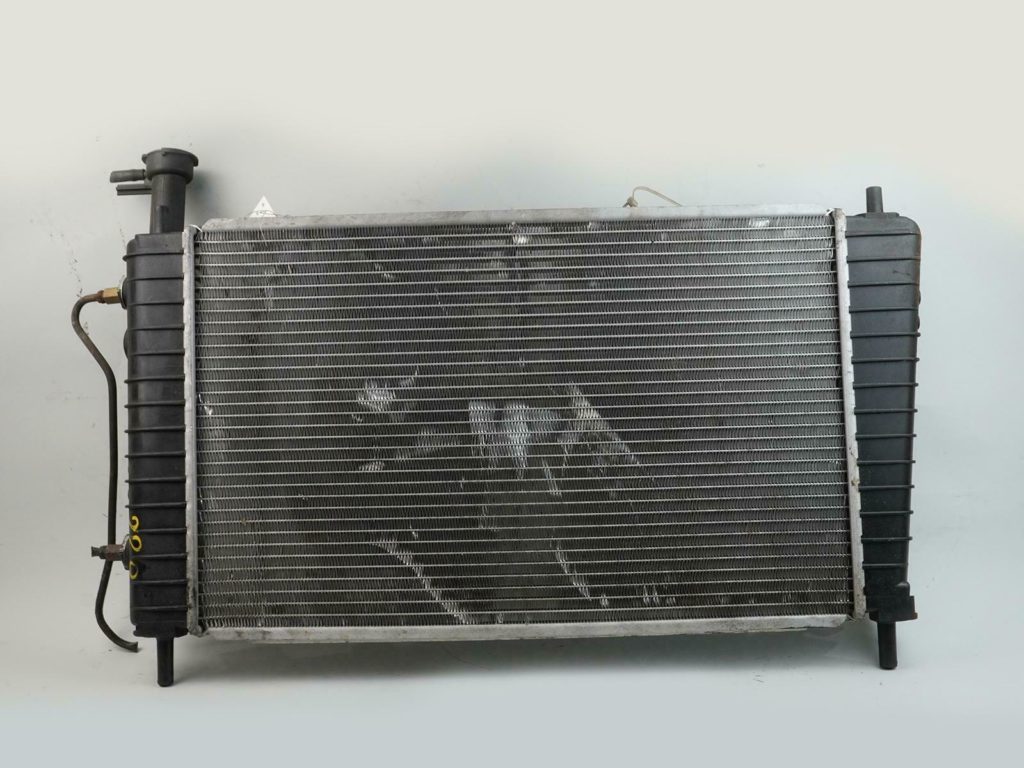What Does Your Car Radiator Do? – Need to Know More
The guideline behind the gas powered engine is that a blend of fuel and air is touched off inside the chambers and by packing and growing this blend, very strong powers are come about, powers that are changed over completely to the car’s wheels, pushing the car ahead. The greater the pressure is the bigger will be the engine’s power yield. Furthermore, this is the thing everyone needs, more power from the engine, more speed and better taking care of. In the event that you decide to introduce a super charger, you will build the engine’s power fundamentally. In any case, this multitude of strategies for expanding the car’s power yield has a progression of disadvantages and a staggering measure of intensity is the main one. Heat is the main adversary of mechanical parts and regardless of whether car engine’s is intended to deal with these fantastic high temperatures assuming these levels gain out of influence, the engine will break.

Car engineers attempted to track down replies to eliminating this intensity from the engine and their result was the water-cooled radiator. The car’s cooling framework is one of the car’s most significant components and keeping it in wonderful condition is the key behind a solid car. Radiator must eliminate the intensity from the engine and it ought to work at greatest proficiency even in outrageous circumstances. The car’s engine can rapidly overheat assuming there is any issue with the car’s cooling framework and this hazard is particularly higher in exceptionally sluggish rush hour gridlock or during sweltering, late spring days. The radiator is a huge network of little lines and when the coolant goes through the cooling centers of the radiator, it chills off, disposing of the intensity it has aggregated from the engine.
The greater the radiator, the huge measure of intensity it can eliminate from the engine. Likewise the coolant should be of top notch, since, supposing that there are any pollutants in the engine’s radiator or the cooling framework is harmed, its cooling radiador properties will go down. Inside the cooling framework, the coolant is fixed and it is feeling the squeeze and that is the reason in these circumstances, the coolant will bubble at around 120 degrees Celsius. Now and again you might have to work on the radiator or on different components of the car’s cooling framework and you must be extremely careful while doing as such. The radiator’s fan is extremely strong and perilous and you ought to disengage wires come from the battery (the fan is normally electric driven and instructed). Assuming the radiator has been hit and it loses coolant, you will typically need to supplant it to keep the engine’s uprightness. There are fixes to minor radiator spillages; however serious issues must be settled by supplanting the radiator.